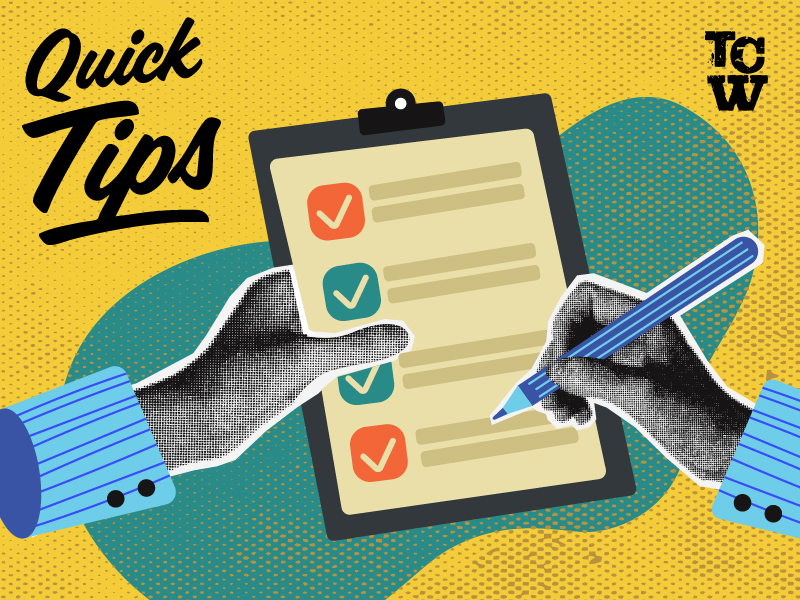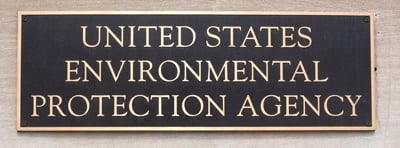Off-site adoption events can be a great way to generate interest in any animal at the event but they also get your team out in the community and are a great opportunity for marketing, fundraising, and networking. Whether you...
Off-site adoption events can be a great way to generate interest in any animal at the event but they also get your team out in the community and are a great opportunity for marketing, fundraising, and networking. Whether you frequently have adoption events or if you�re brand new, this article will cover the top things to keep in mind for a successful event.
Event Location
The location of your adoption event is extremely important. Here are the things you will want to look for:
Safe for animals and people � Avoid locations near busy roads or fast moving water. Make sure there is shade for the animals and if you have dogs, a place a volunteer can take them on a quick break if they feel overwhelmed.Some foot traffic but not crowded � Ideally, you will have a location that pedestrians can walk up and become involved (helping expand your reach) but not somewhere that is so busy the animals could be scared.
A reason for people to stay � A location that has food and drink gives both adopters and the public a reason to hang out and get to know you and your mission a little better
Animals in attendance
Events can be very scary for the animals and if they are scared, not only is that harmful to them, but it can actually hurt the mission of the event. Make sure that all the animals in attendance are friendly and confident. If possible, it�s best to have a range in age and breed to reach the most people possible.
Animals should not be at the event for more than a 2-3 hours. If you want your event to go longer, you can switch out which animals are attending. Make sure this is clear in all of your marketing materials so people interested in specific animals can be there when the animal is there.
Specific Roles
There are a few roles you need to have clearly defined before the event.
Door person � There should be someone managing the flow of people in and out. They can help direct people if needed and can help manage how many people are in the animal area at any given time.Animal handler � Each animal should have a single handler that can help answer questions or take them home if they get overwhelmed. If you have a foster team, their foster would be ideal for this since they know the animal best.
Floaters � Ideally there should be a few people floating that is looking at the human-animal interactions to make sure everyone is safe. These events usually bring a lot of kids and not everyone knows what appropriate kid-animal interaction looks like. These floaters should feel comfortable kindly intervening if they see interactions that could be dangerous or overwhelming for an animal.
Adoption coordinators � There should be at least one adoption coordinator in attendance who can process adoptions or answer any questions around the process.
Foster coordinators � If you have a foster team, have some of your coordinators available to answer questions for potential future fosters or to get some face time with your current fosters.
Table volunteers � These people will be responsible for collecting donations, managing any fundraising, and passing out info guests can bring home with them.
Event coordinator � Finally, there should be one person in charge of the event. If the event is at a business, this person should be in charge of communication with the business owner. They should manage the rest of the team and step in to help where needed.

Adoptions
You should not change your adoption process for the event. If you require things like reference checks, home visits, etc. make sure those are completed before the event and have adopters be pre-approved. If you allow same day adoptions, make sure to go through the same process you would on any other day.
Fundraising
Adoptions are of course a significant part of adoption events, however, fundraising / marketing should be considered equally as important. These events are a great way to meet people in your community and engage them with your mission. Here are some things to keep in mind about fundraising at adoption events:
Many of these people may not be in a position to adopt but still align with your mission and want to support your cause.Almost 70% of the US donates to non-profits on a regular basis. Don�t be afraid to ask for donations while you have the attention of your community, they�re going to donate somewhere, it should be you.
Involve more local businesses. Ask around if people are willing to donate gift cards for raffles and make the event a community event!
Have several ways people can donate. A few are: cash, credit/debit cards (square), venmo, paypal, etc.
Follow up
Keep track of people who expressed interest in adopting, volunteering, fostering, or donated. Make sure you follow up within a week of the event to capitalize on their excitement. Here are some points you should touch on in your follow up:
Thank you for attending Specific info on next steps Other ways they can become involvedConclusion
Events are a great opportunity for any organization but it can feel daunting. Following this guide will get you started in the right direction but if you need help organizing an event, let us know! Happy rescuing!
Is this article missing something? Have questions? Want help applying what you learned to your organization? Send us a message!
The post Keys to a successful adoption event appeared first on Rescue Allies Inc..










